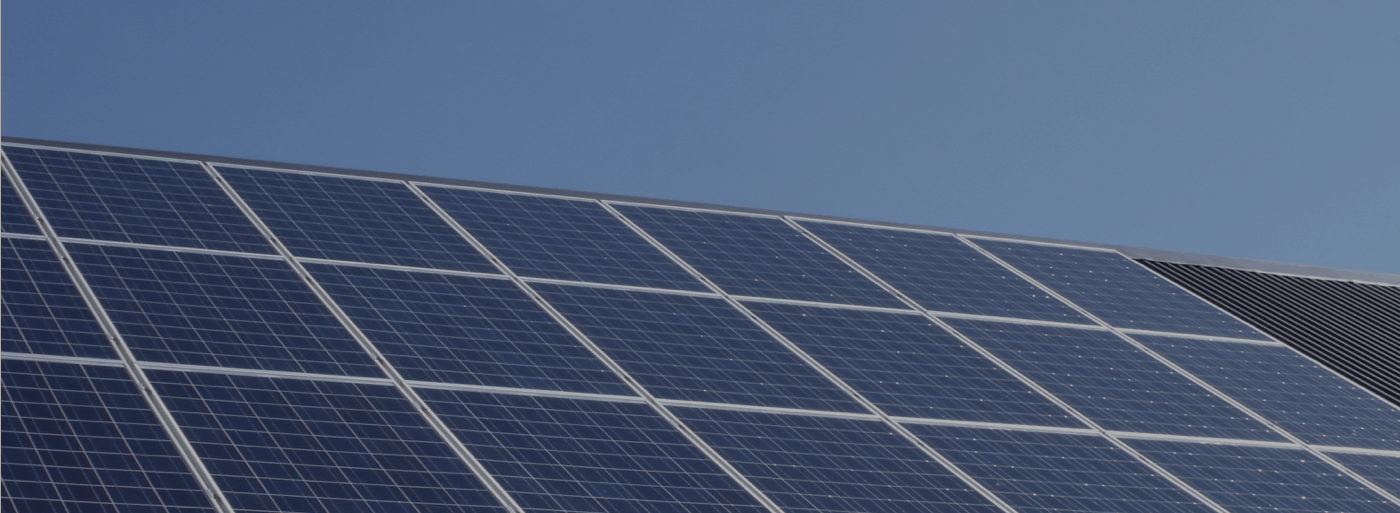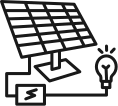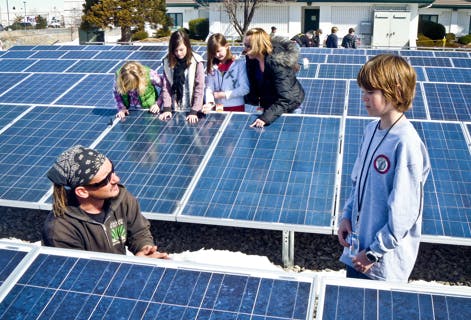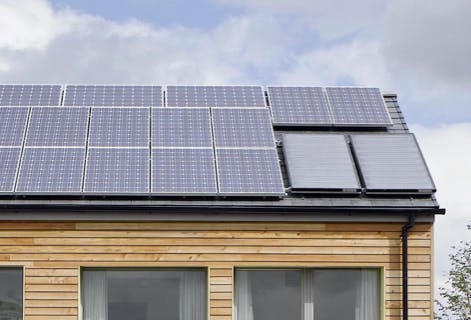







Depending on your roof, your location, and the solar system you install, you can reduce your power costs up to 100%. Your BuildSolar expert can help you determine the size of the system you need.
The 30% Federal Tax Credit will be reduced to 26% in 2020 and 22% in 2021. Many states, counties, and cities also offer additional financial incentives and loans. Your BuildSolar project consultant can help explain these in more detail.
Installing a solar system requires touching two important parts of your home: the roof and electrical system. It should only be performed by a licensed installer. BuildSolar can help you find qualified installers near you for free.
It takes about 90 days plan and install your solar system. The steps include:
- Learn about solar
- Get bids from qualified installers
- Get a permit to operate
- Install the system
- Activate the system
Solar Panels convert Solar Energy into Direct Current (DC). These are made from semi-conductors and have varying degrees of efficiency and efficacy. Inverters then take this Direct Current (DC) and converts it into Alternating Current (AC). This AC can then be used by our electrical systems and appliances to perform their daily tasks. Solar Panels and Inverters are connected together to create enough energy to meet your power needs.
